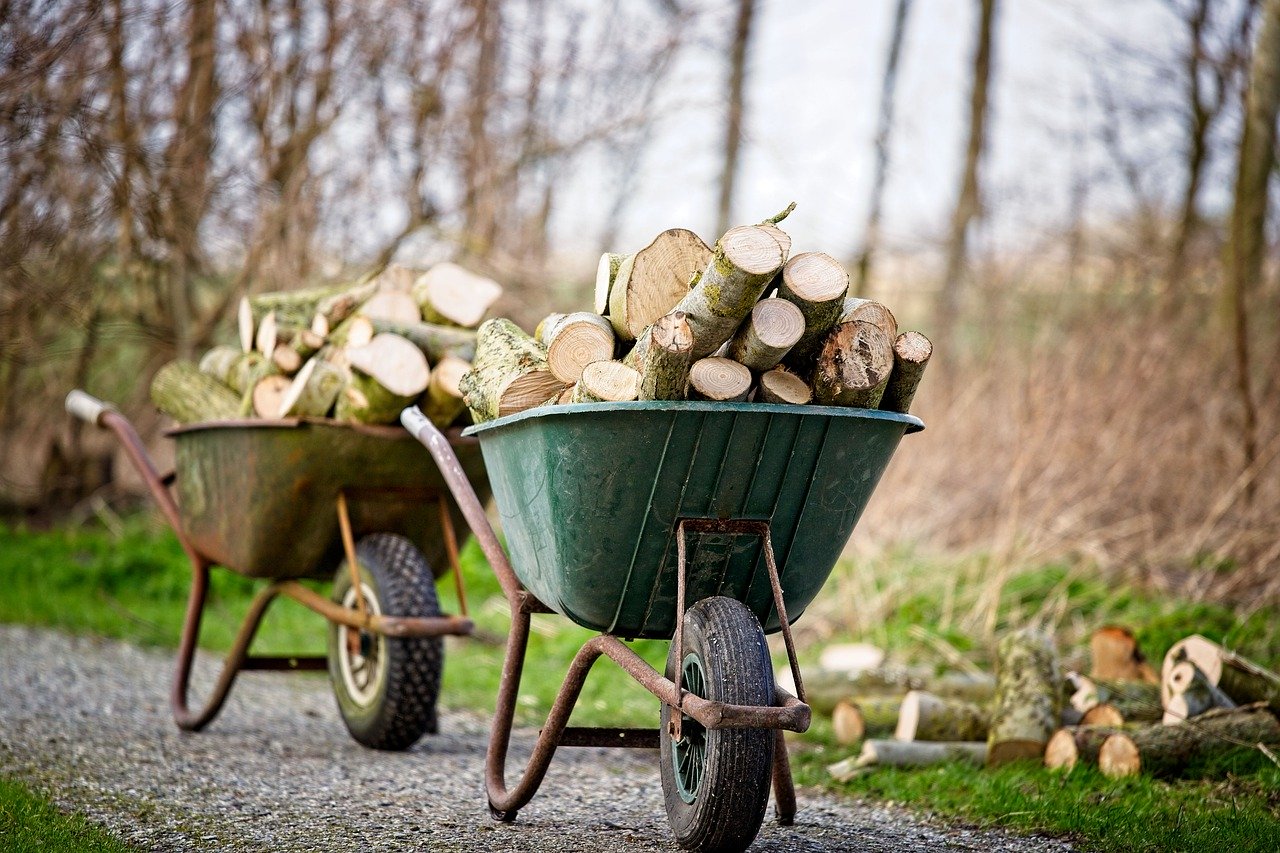 By Katariina Torvinen, Research Manager of biomass processing and products at VTT (Technical Research Centre of Finland).
By Katariina Torvinen, Research Manager of biomass processing and products at VTT (Technical Research Centre of Finland).
Meeting today’s global challenges requires continuous renewal of the product portfolio of forest industries. Over-consuming of fossil reserves, resource insufficiency and climate change require the renewal of the existing materials paradigm. Advanced and high added-value wood-based materials can play an important role in this process. It is vital that forest-based resources are used in a sustainable way based on the needs of future society. The general target is to lower the carbon footprint of different consumer goods, for example by replacing plastics with recyclable bio-based materials. The high-volume application areas such as packaging, textile and construction have a huge potential to implement novel wood-based materials to lower environmental burden. The inherent properties of lignocellulosic materials can be effectively used for new applications exceeding their fossil-based counterparts.
In order to speed up the paradigm change, in 2018, the Academy of Finland launched a new competence cluster called FinnCERES. The cluster is formed by Aalto University (@AaltoUniversity) and VTT (@VTTFinland) , and it belongs to Academy’s Flagship Programme. The idea is to impact national economic growth through cutting-edge research on lignocellulosic materials. The overall target is to double the value of the forest sector by 2030 so that more than half of the value of forest sector production will be used to create new products.
Cellulose as a future plastic in packaging, biocomposite and textile applications
There are already several solutions that aim at replacing fossil-based plastic materials with cellulose-based alternatives in textile, biocomposite and packaging applications. Many of these technologies have recently led to new spin-off companies. Examples of these kind of developments are biodegradable wood bioplastic composites (made by Sulapac), cellulose-based wrapping material (made by Woodly), and fibre-based alternatives for plastic bags (made by Paptic).
To avoid unsustainable packaging solutions, we study and develop packaging solutions, which address simultaneously the issues of food protection and the global plastic packaging waste. Here, recyclable cellulose monomaterial structures are one target when developing novel food packaging where the barrier properties are important. This usually requires a layered structure, where each layer has its own functionality.
In Finland, we have investigated several new technologies to produce textile yarns and staple fibres to non-woven applications, either by dissolving cellulose pulp using environmental healthy solvents to regenerated textile fibres (Ioncell technology) or directly from mechanically refined wood pulp with special spinning technology (VTT’s spin-off company Spinnova). Sustainable-regenerated cellulose fibres can also be produced by an environmentally-friendly process called Biocelsol. The process is based on enzymatical pre-treatment of dissolved wet pulp in a twin-screw extruder. The scale-up of the concepts is ongoing in collaboration with many companies in all of these novel textile fibre technologies.
Everything currently made from crude oil can be produced from wood-based materials now and in the future. In the FinnCERES community, we are finding new ways to use lignocellulosic materials by taking advantage of their natural properties and taking those findings further into industrial applications.
For more information about the topics raised in this article, please contact Katariina Torvinen, Research Manager for biomass processing and products, at VTT (Technical Research Centre of Finland) on +358 401973533 or katariina.torvinen@vtt.fi
Guest posts do not necessarily reflect the views of the Bio Market Insights’ editorial team and management.
 If you were interested in this bioeconomy story, you may also be interested in the below story.
If you were interested in this bioeconomy story, you may also be interested in the below story.
Read: Spotlight on feedstocks: Arbiom’s wood-to-food technology platform
Read:Forest-based biomass industry: Where are we today and where are going tomorrow?
Read:Expert View: Europes policy to treat wood as low-carbon fuel poised to harm global forests.
Read: UN organisations give thumbs up to Braskem’s bioplastic
Read: World Bio Markets Outlook 2020: Marco Jansen from Braskem





